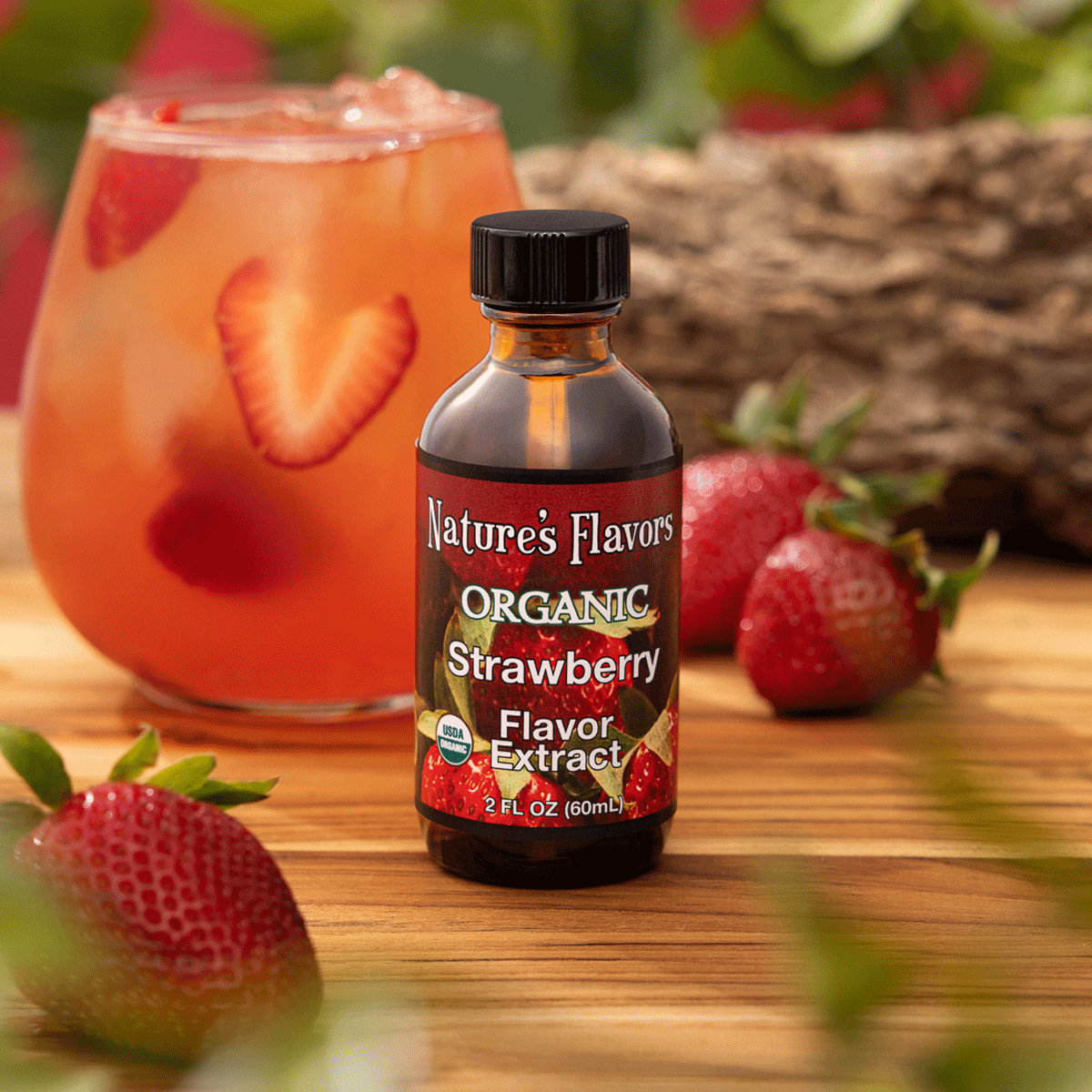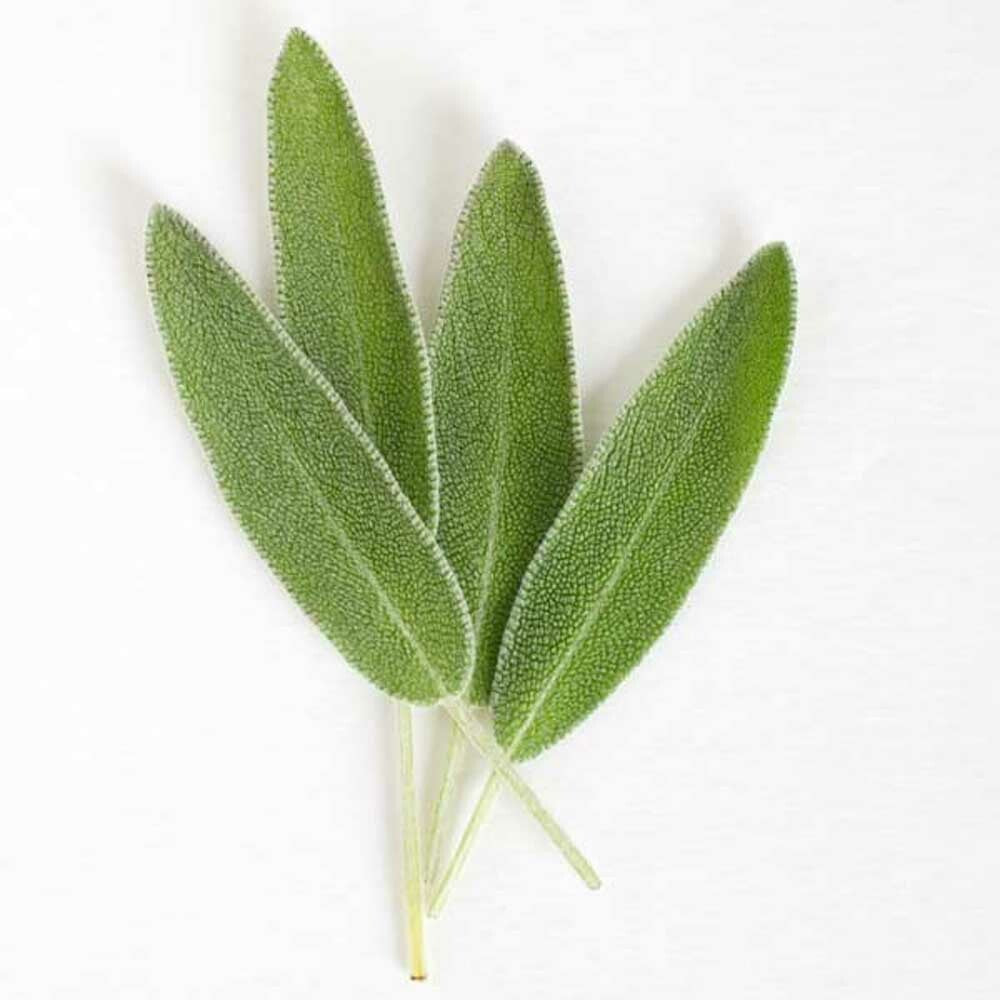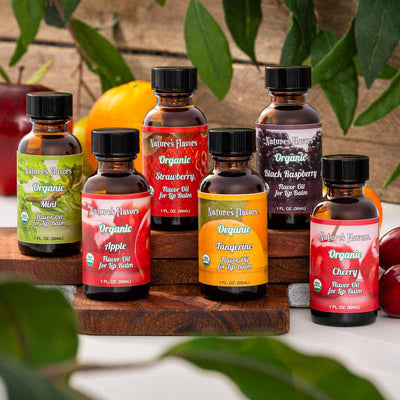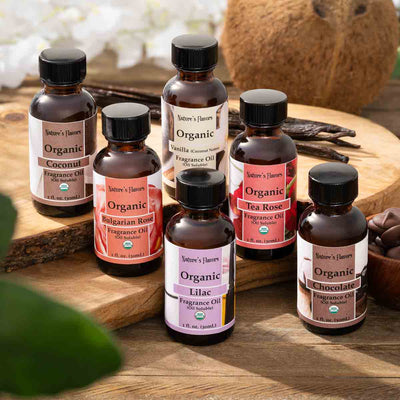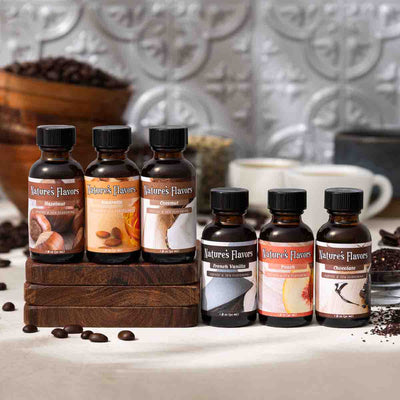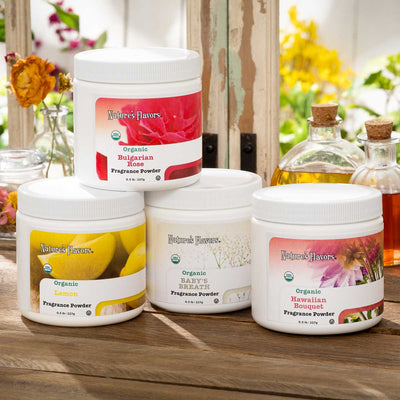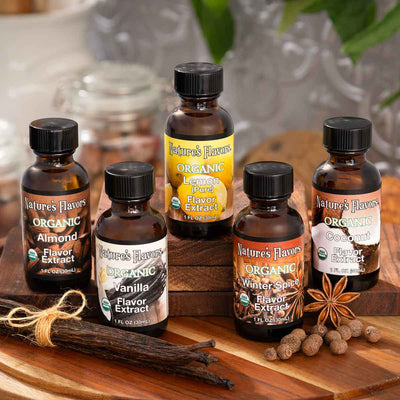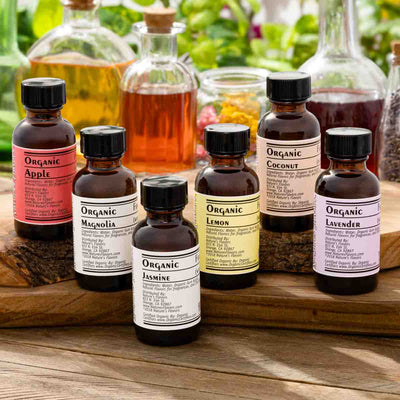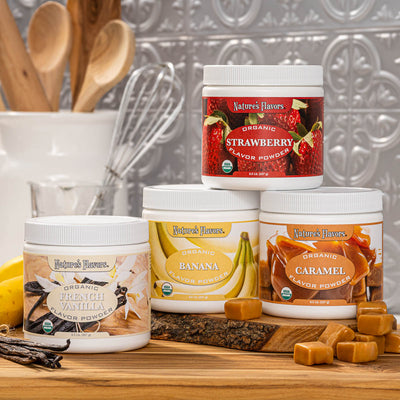Applications: Sage Essential Oil can be used in aromatherapy by adding a few drops to a diffuser to create a calming and focused environment. It can also be diluted with a carrier oil for topical application to soothe skin and promote relaxation.
Brewing Instructions Not applicable for this product.
Storage: To maintain the quality and potency of Sage Essential Oil, store it in a cool, dark place away from direct sunlight and heat. Ensure the bottle is tightly sealed to prevent oxidation and preserve its aromatic properties.
Caution: Sage Essential Oil is highly concentrated and should be used with care. It is recommended to perform a patch test before topical application to check for any allergic reactions. Avoid contact with eyes and mucous membranes. Pregnant or nursing women and individuals with medical conditions should consult a healthcare professional before using this product. Keep out of reach of children. Sage Essential Oil, Natural is a versatile and valuable addition to any collection of natural wellness products. Its robust and herbaceous aroma makes it a popular choice for enhancing mental clarity and focus, making it an excellent tool for meditation and mindfulness practices. The oil's natural properties also make it a beneficial ingredient in skincare formulations, offering soothing and rejuvenating effects on the skin. Additionally, Sage Essential Oil is often used in natural cleaning products due to its purifying and deodorizing capabilities. This essential oil is a staple in the world of aromatherapy, where it is prized for its ability to promote emotional balance and reduce stress. When diffused, it creates an atmosphere of tranquility and concentration, making it ideal for use in homes, offices, and wellness centers. The oil's invigorating scent can help uplift the mood and provide a sense of calm during times of tension or anxiety. In skincare, Sage Essential Oil is valued for its astringent properties, which can help tone and tighten the skin. It is often included in formulations for oily or acne-prone skin due to its ability to regulate sebum production and reduce the appearance of blemishes. When diluted with a carrier oil, it can be applied to the skin to promote a healthy, radiant complexion.


